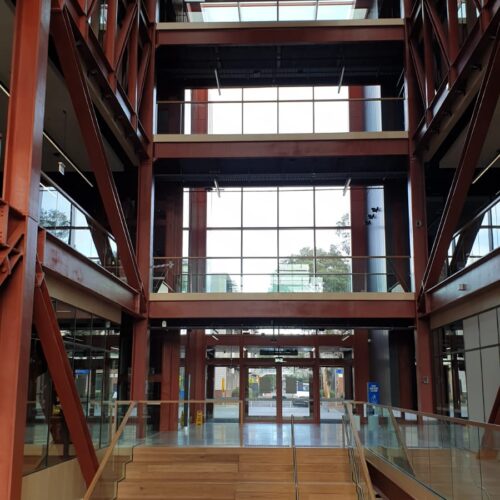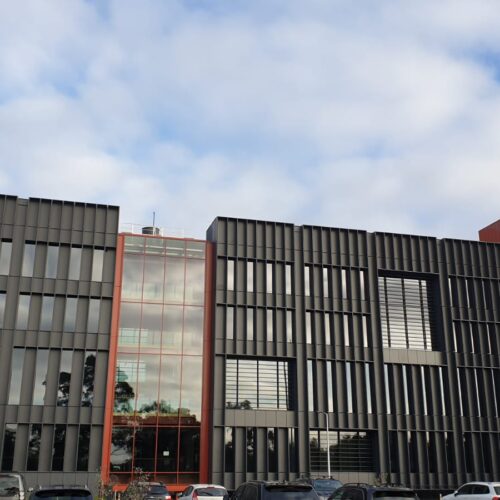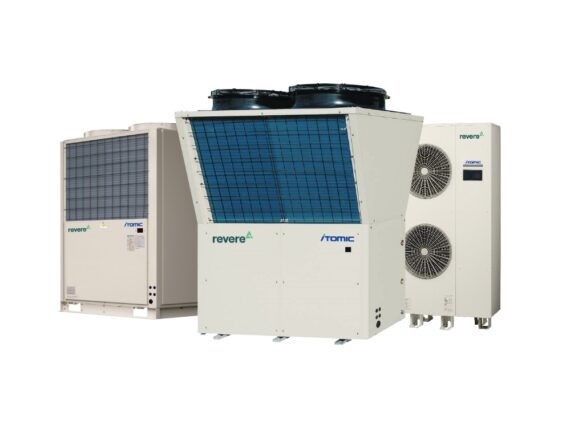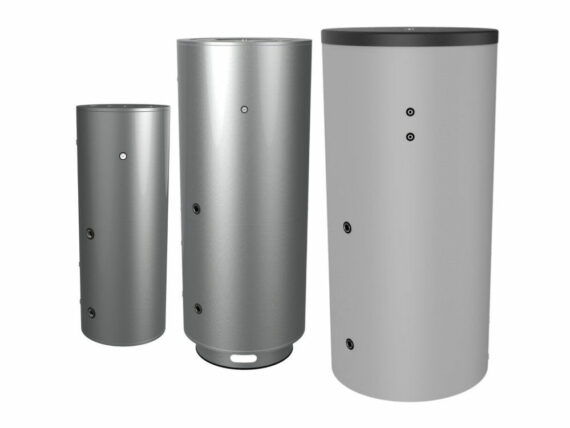Woodside Building for Technology and Design
Project Overview
– a unique building and learning experience
Set to be the new home of Engineering and Information Technology schools of Monash University Clayton Campus, the Woodside Building for Technology and Design is envisioned to be a state-of-the-art living laboratory, housing 30 teaching spaces and a collaborative space that could accommodate 360 people. As a living laboratory, the building was designed to be part of the educational pedagogy by allowing visual demonstration of various engineering concepts through its own building systems and components. For example, visual access will be provided to its plant rooms through glazed windows, and will include sensors on its structural steelwork and exposed piles in order to show how stresses and vibrations on structural elements change in different load conditions and temperatures.
Geared to be “one of the most efficient and innovative teaching buildings of its type in the world,” the building was designed not only to be sustainable but also regenerative. This means creating an environment that is future-ready, adaptable, biophilic, and eco-friendly, as well as an environment that nurtures and builds healthy relationships within and beyond the campus, and promotes passion for learning among the community.
In partnership with Woodside Energy and in line with Monash University’s Net Zero Initiative— a commitment to reach net zero emissions by 2030 for all of its Australian campuses, the 5-storey TEd Building was built to comply with the German Passive House Building Standard. This is a rigorous voluntary standard for buildings that aim to achieve a more comfortable and healthier environment, while ensuring lower energy costs and increased building structure longevity, made possible by requiring very high levels of building fabric air tightness, controlled thermal fluxes over the building envelope, and highly efficient heat recovery units. The building’s energy efficiency will further be increased by using solar energy as one of its primary sources of power.
Consistent with the goal to build an energy-efficient structure, Aurecon tapped Automatic Heating Global to design, supply, and commission a highly efficient domestic hot water system for the TEd Building. The solution was to install two 15-kW Revere™ CO2 Heat Pumps coupled with two coil tanks to supply the daily hot water demand of up to 3000 students, academics, researchers, and industry collaborators.
As the name suggests, CO2 heat pumps use supercritical carbon dioxide as refrigerant. Compared to using boilers and other types of water heaters, this type of heat pump is more efficient and eco-friendly since it utilizes heat from the ambient air and only uses energy to transport heat into the water. Furthermore, since it uses carbon dioxide as refrigerant instead of the more common HFC refrigerants like R410A and R134A, it minimizes the danger of harming the atmosphere as carbon dioxide only has a Global Warming Potential (GWP) value of 1.0 and zero Ozone Depletion Potential (ODP).
Aside from being eco-friendly, the use of supercritical CO2 allows for heat transfer to occur across a wider range of temperature than conventional heat pumps, while achieving higher efficiencies even at low ambient conditions. Lastly, our WaterMark-approved system occupies only a small footprint and allows remote monitoring, giving the customer greater peace of mind through increased functionality and control. These make our system the best fit for a one-of-a-kind project like the TEd Building.
Automatic Heating would like to thank Aurecon, Monash University, and all involved parties for entrusting us with a notable project like this.








